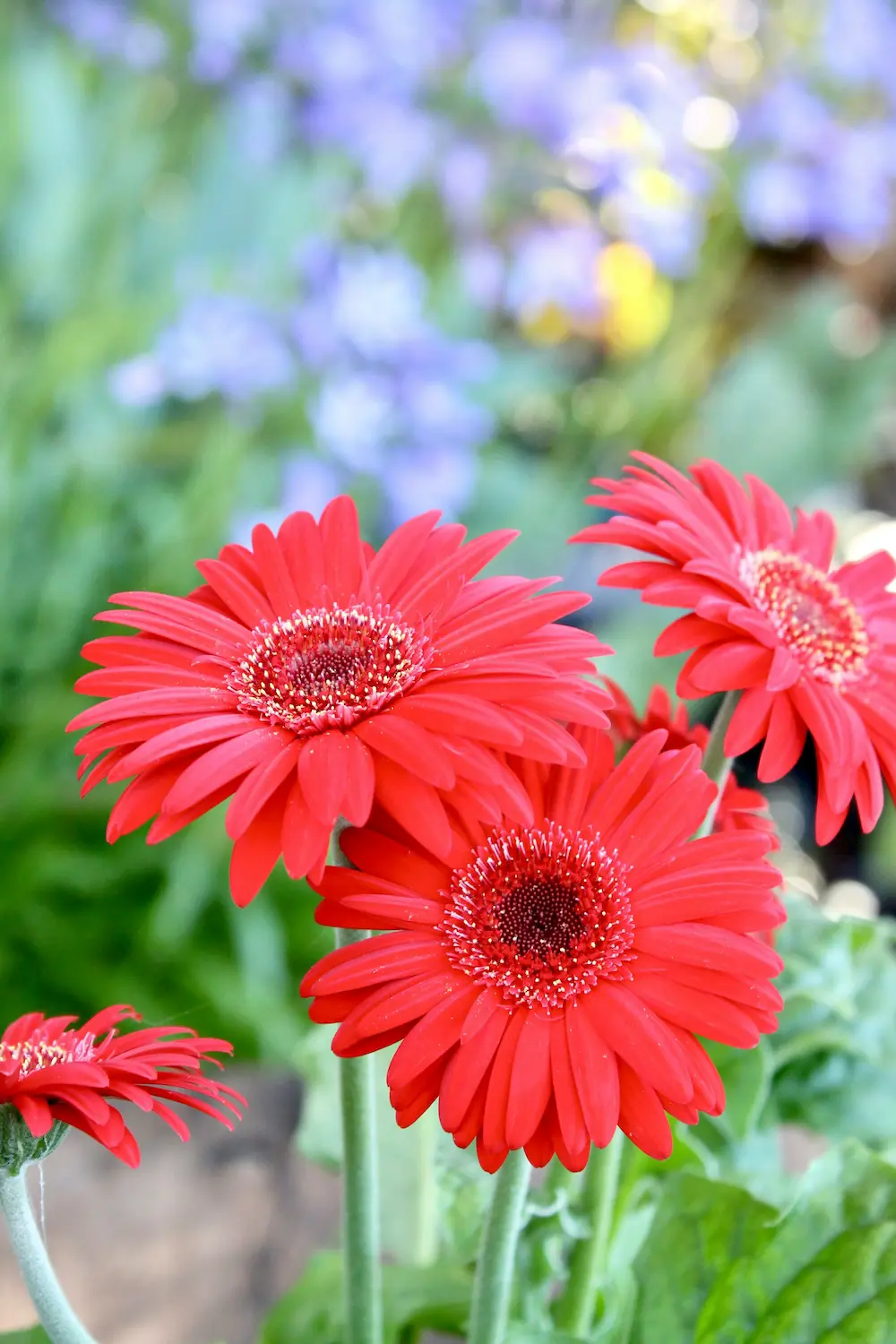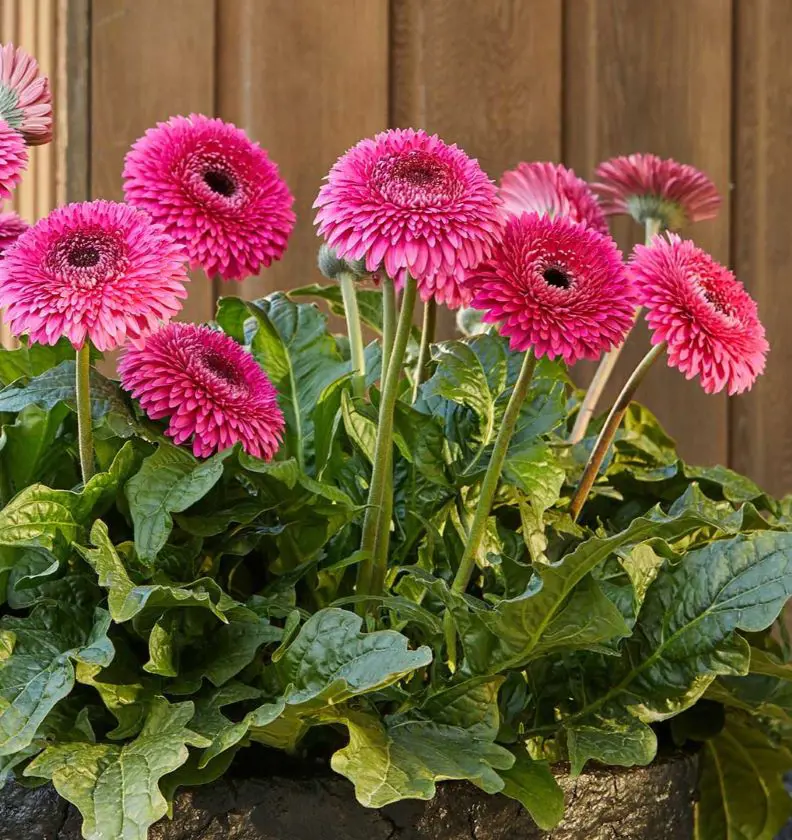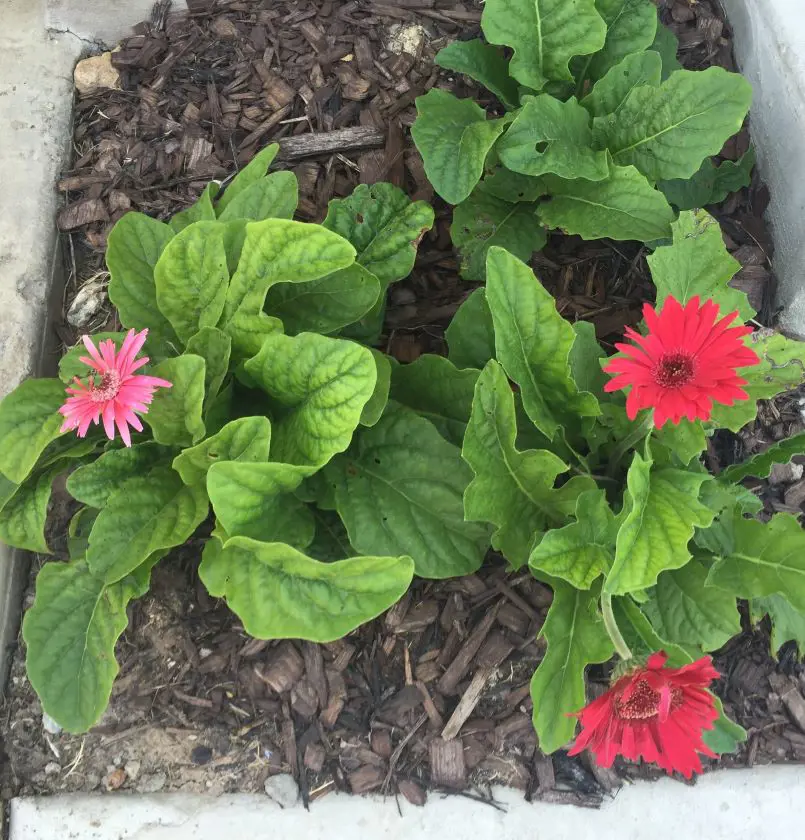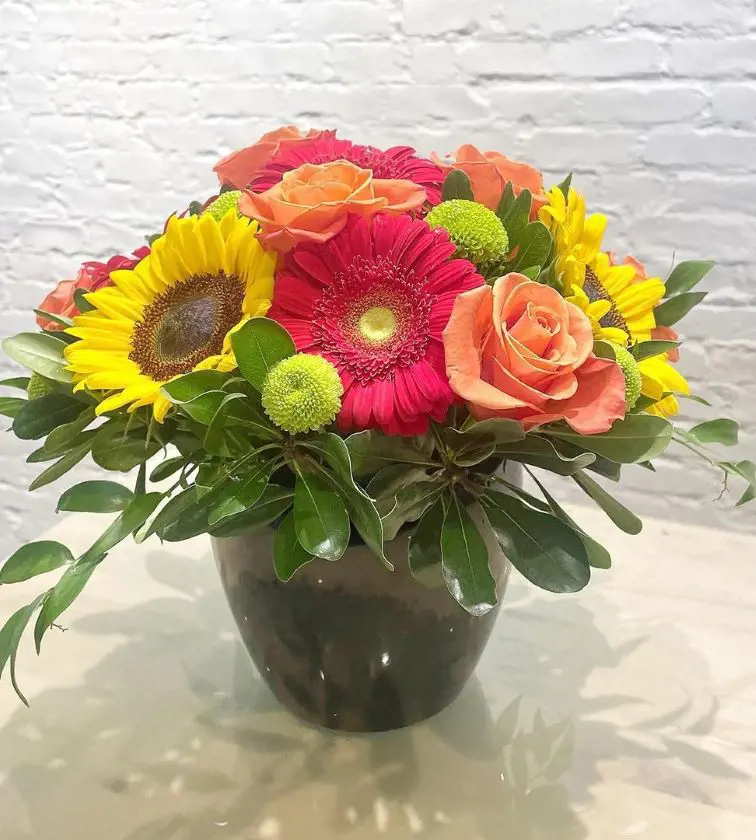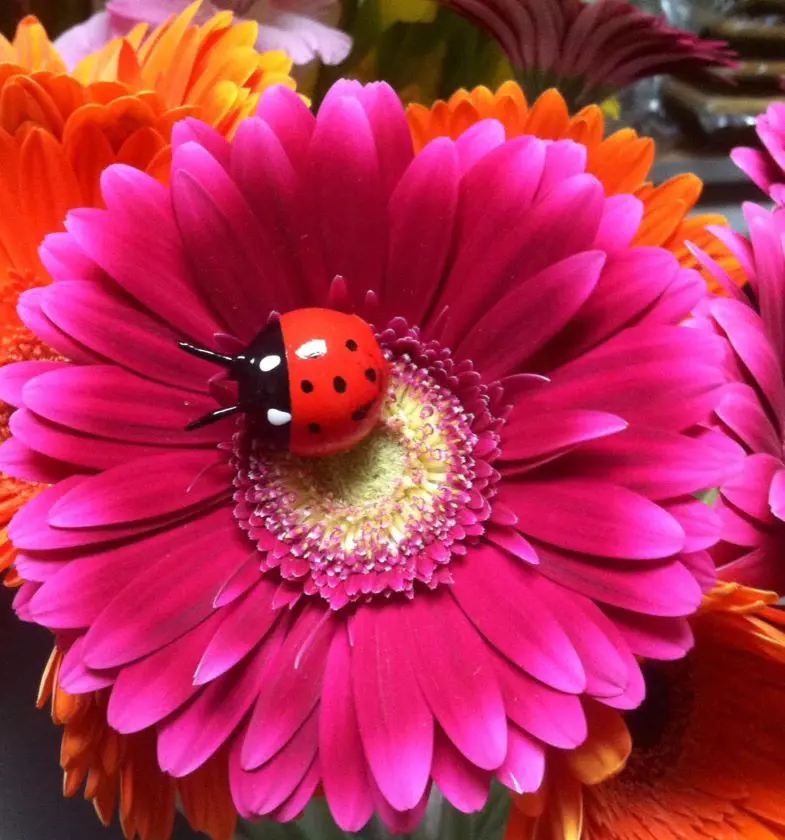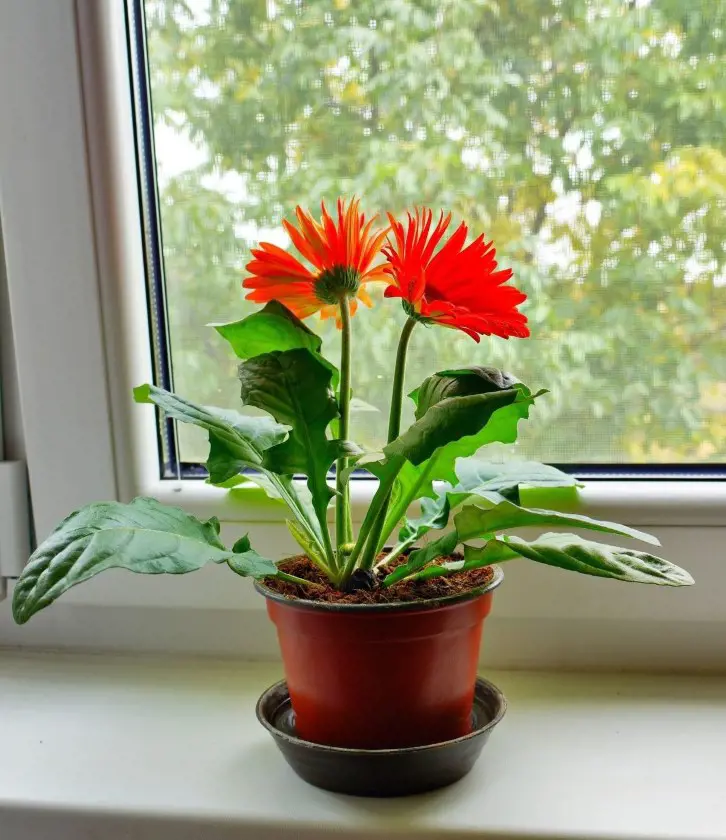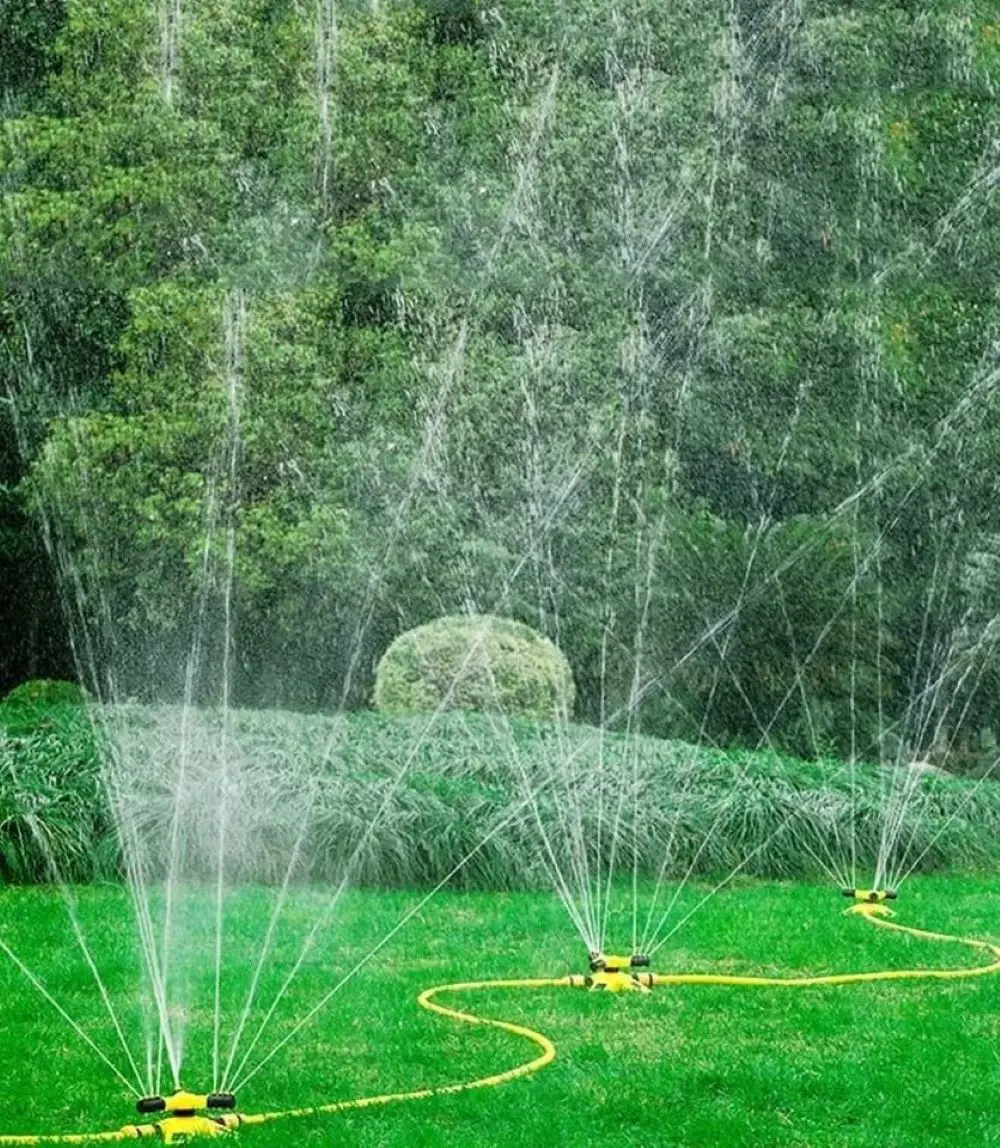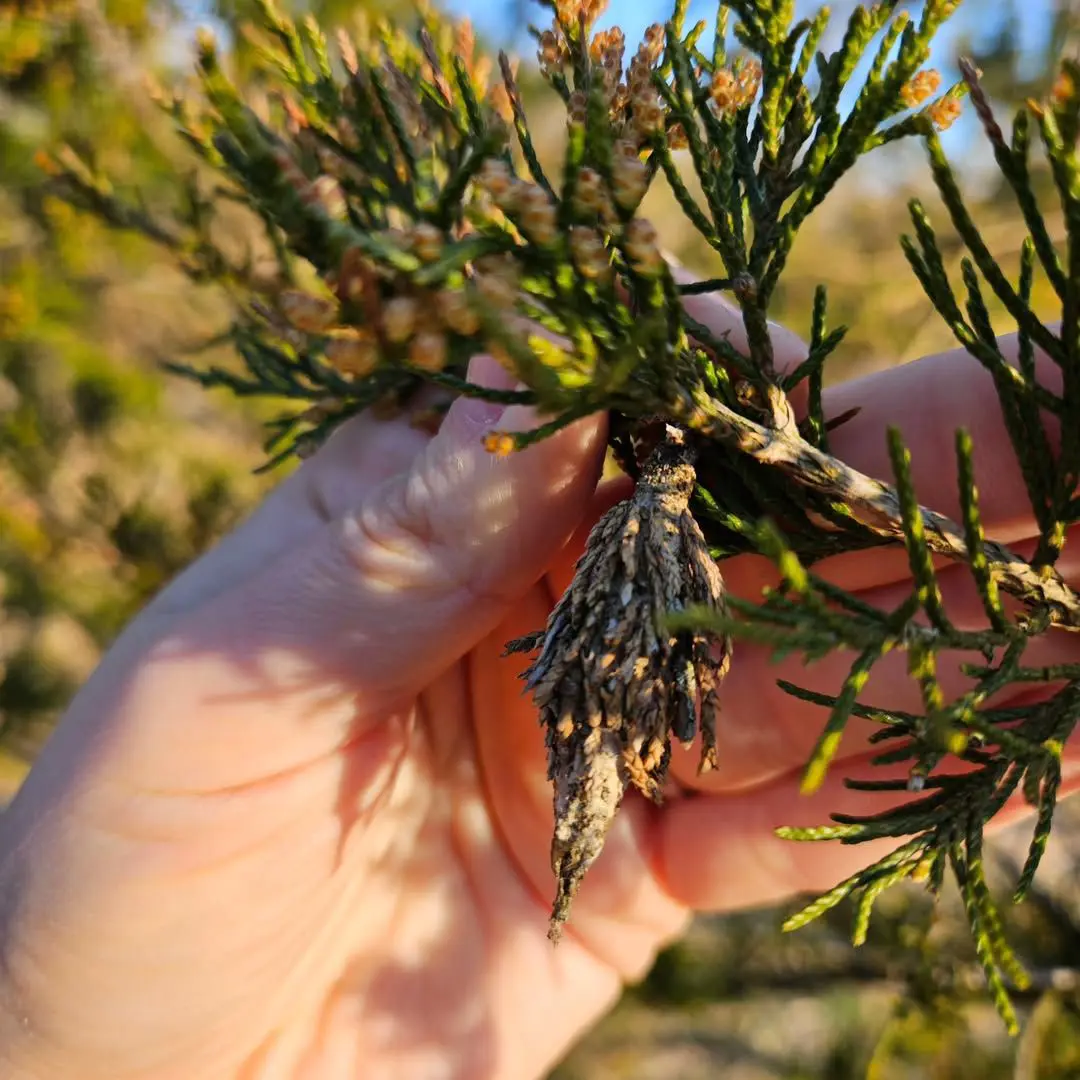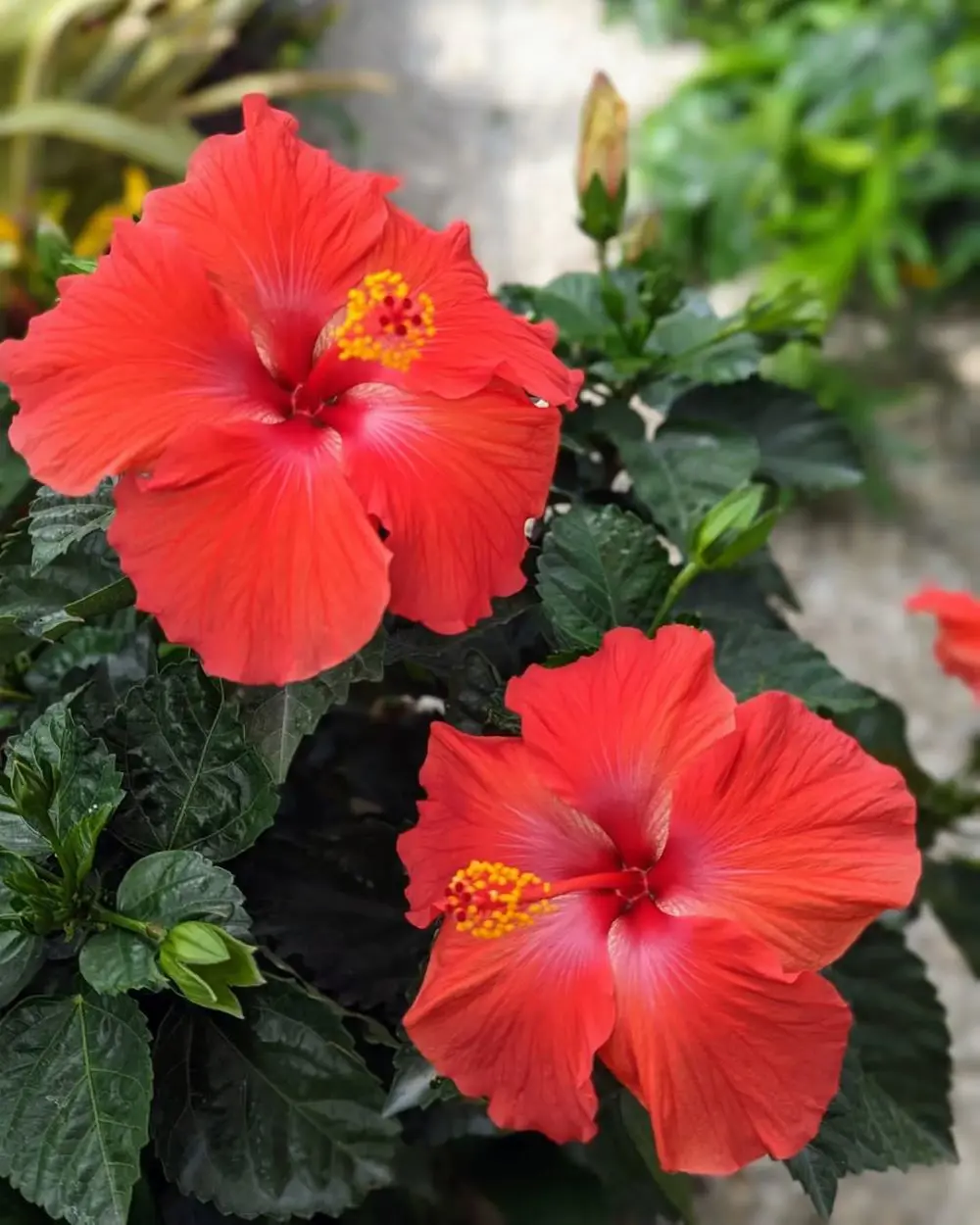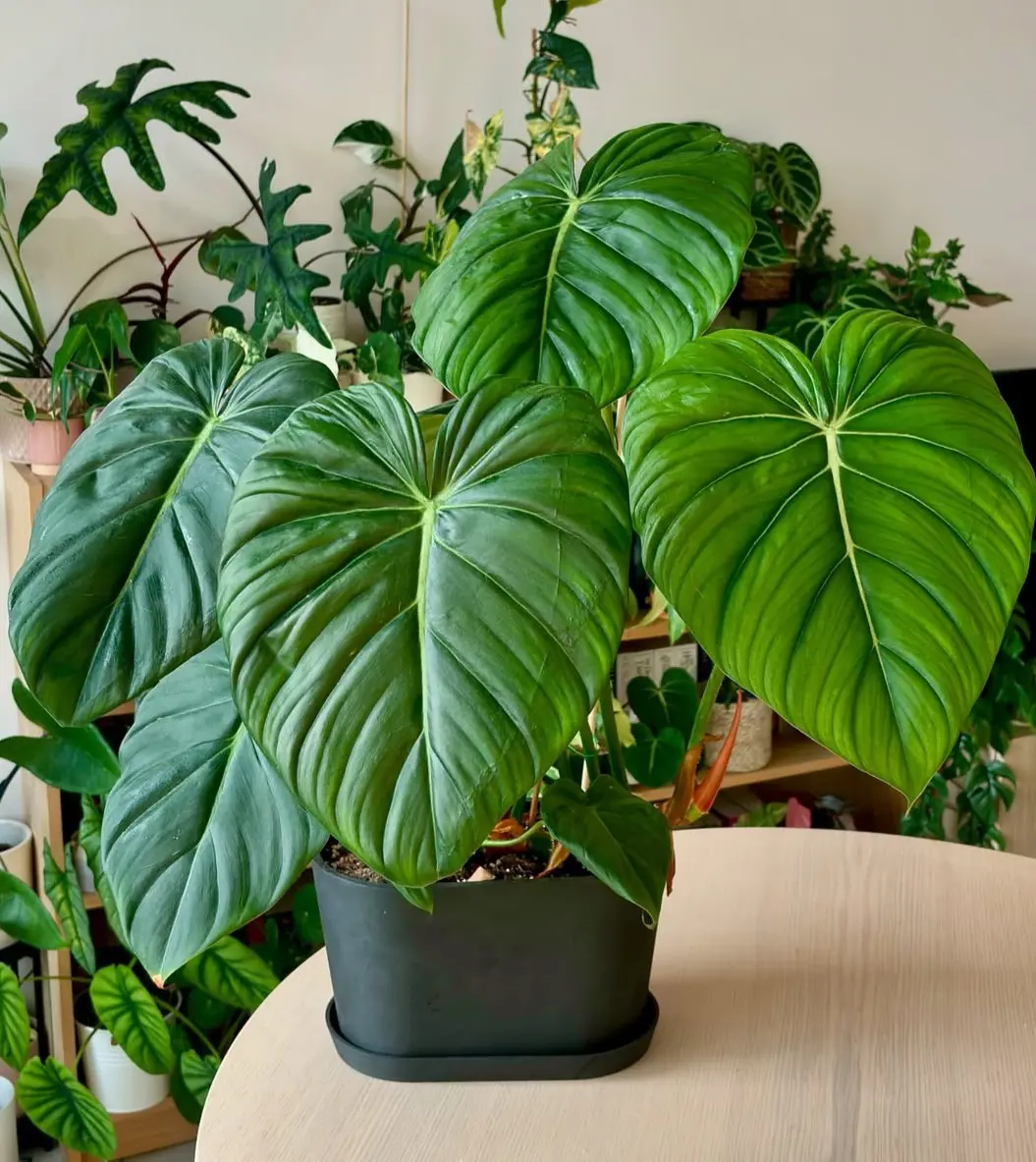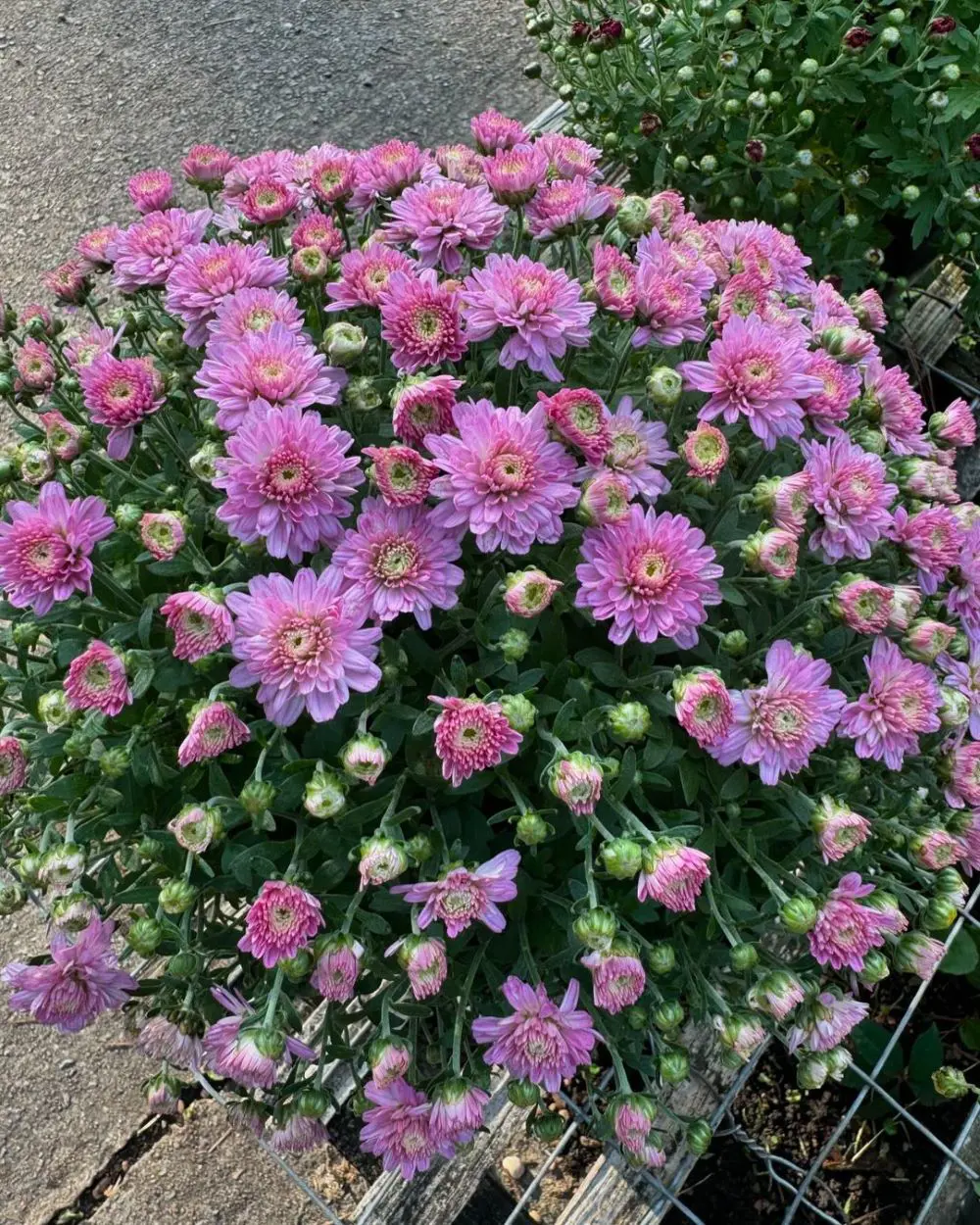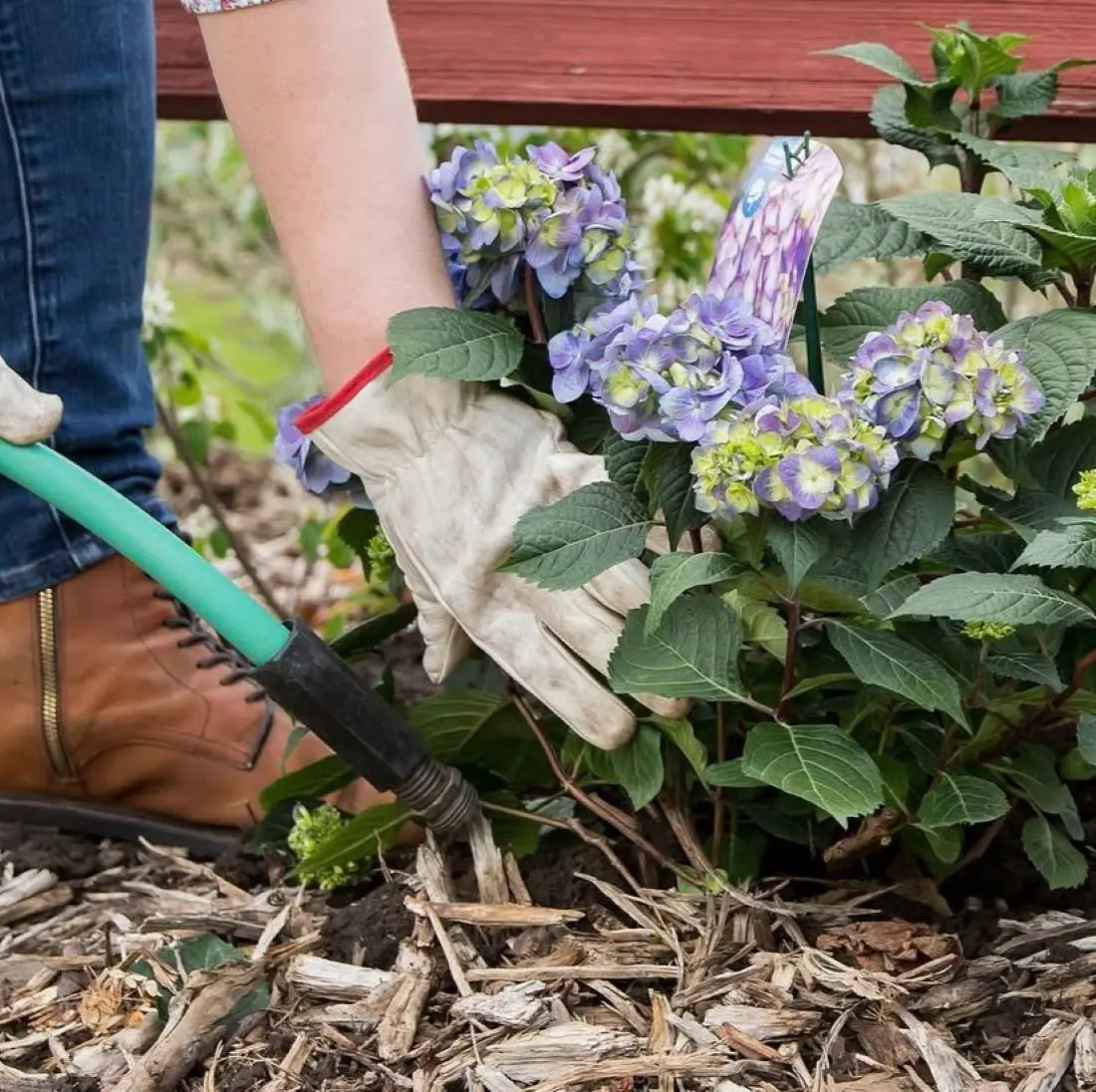How To Care For Gerbera Daisy
Gerbera daisies are low-maintenance plants and relatively easy to care for. Just place them in a sunny spot, water occasionally, and let them bring cheerful colors to your space. No need for complicated routines, these flowers flourish with simplicity, making them a stress-free choice for gardens or pots.
These plants are suitable for both indoor and outdoor use. For indoor gardening, they can be grown in floor planters and railing planters, adding a touch of charm and beauty to the space.
For outdoors, they can be planted in garden beds or pots, complementing other plants with their yellow foliage or small blue flowers.
